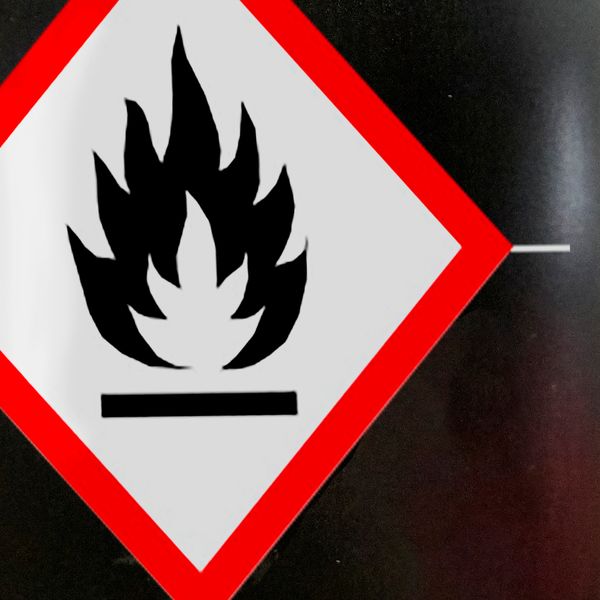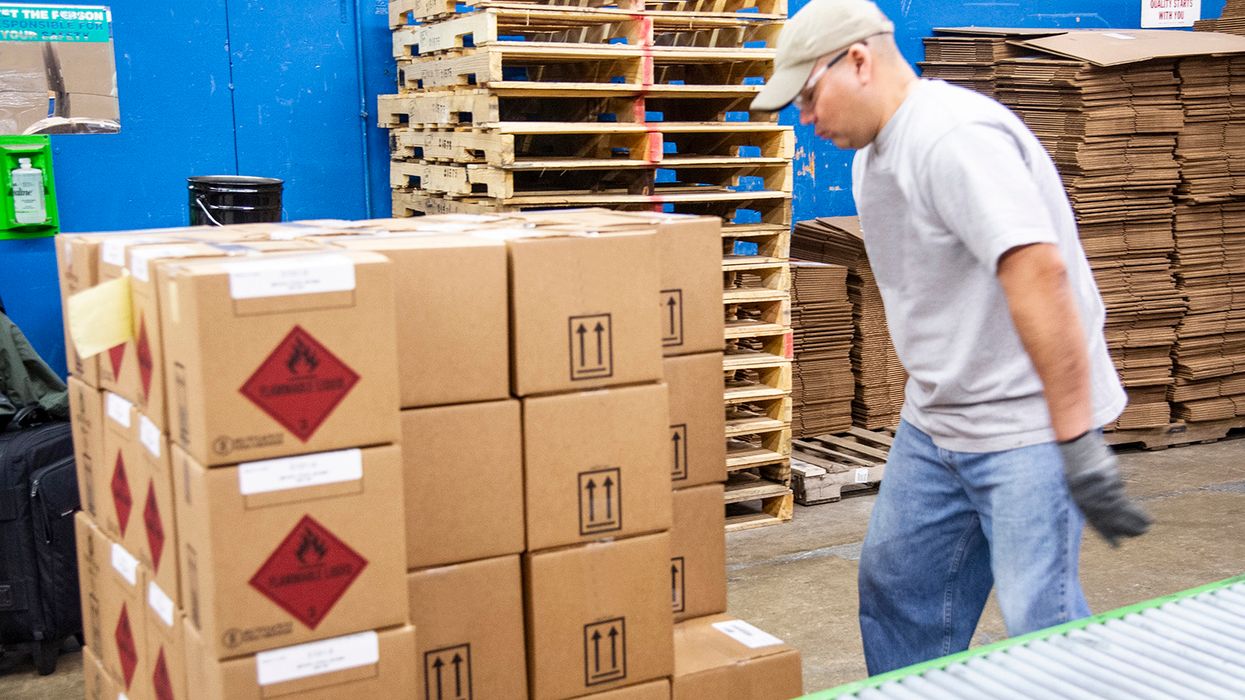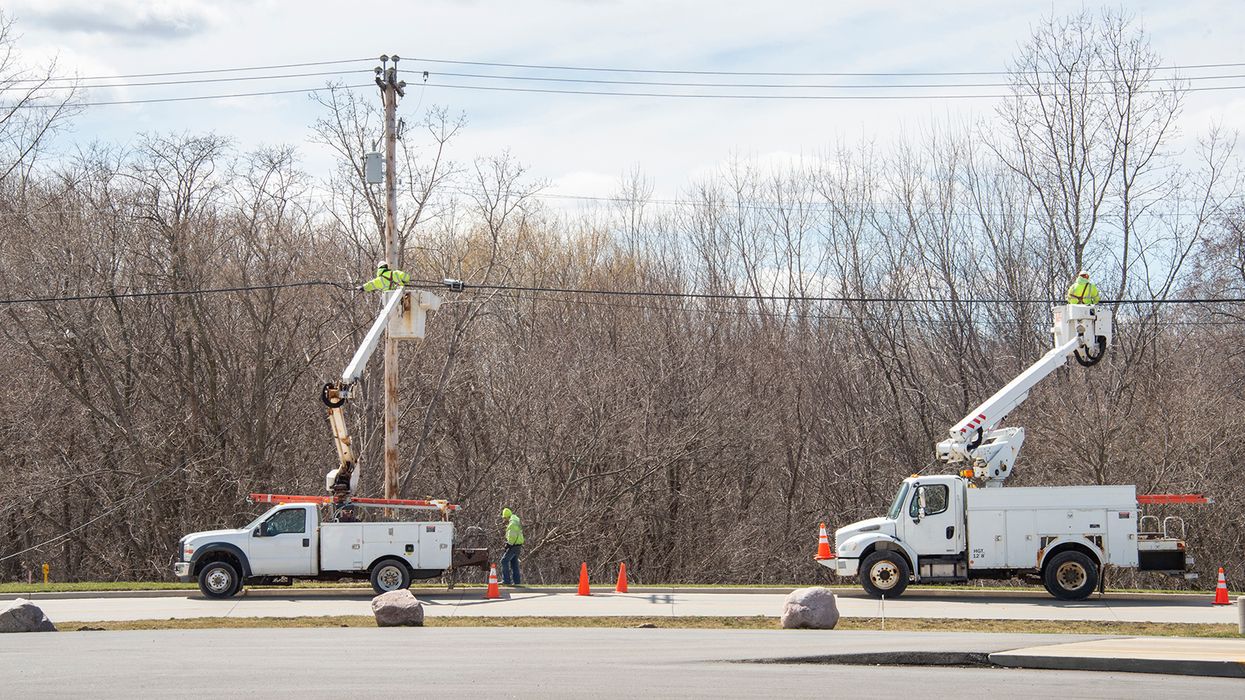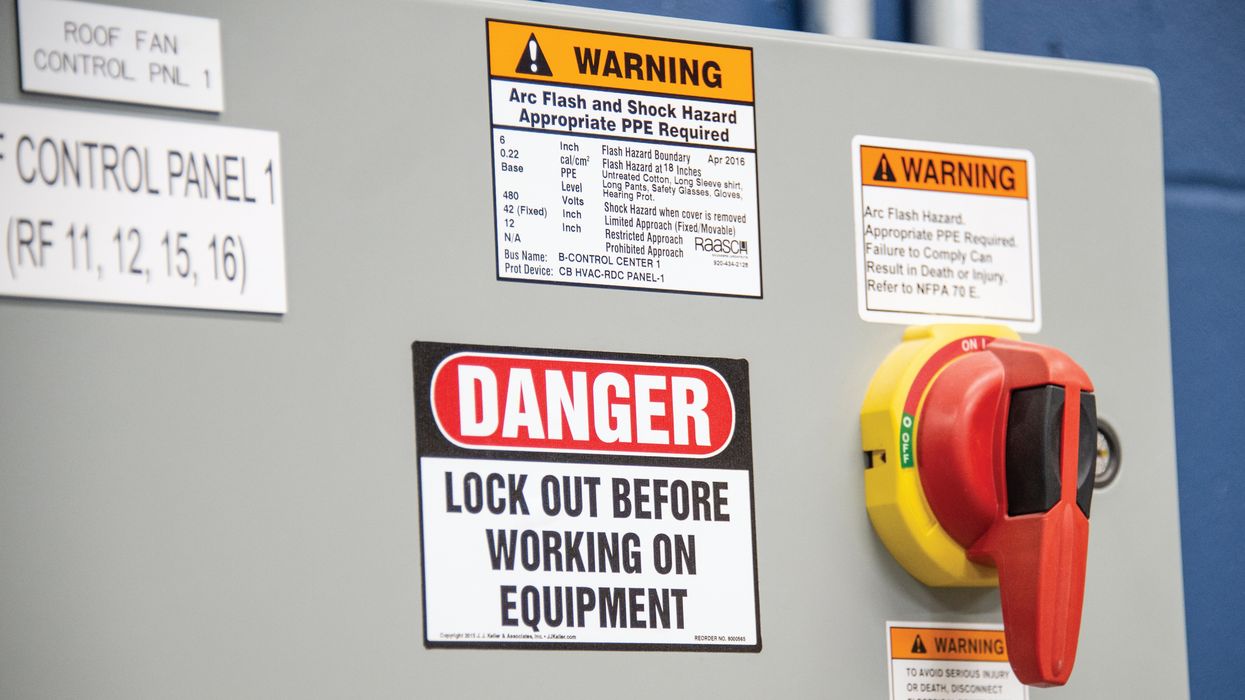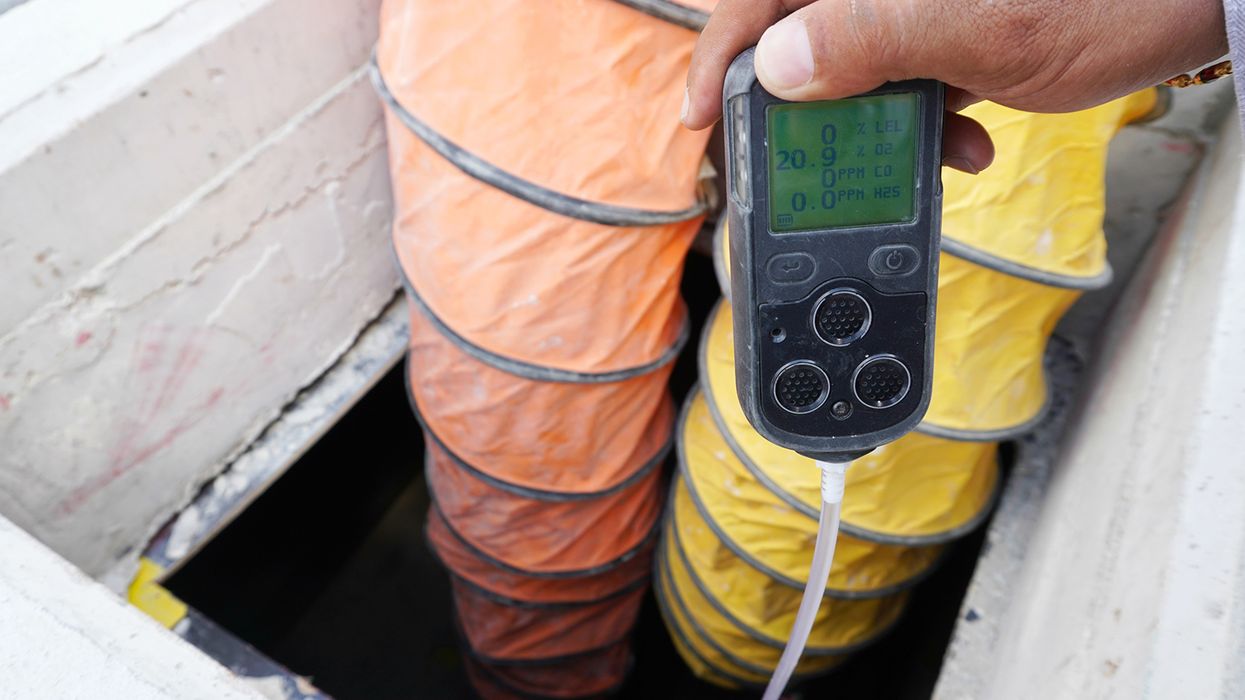Four easy steps to effective Hazard Communication training
OSHA’s Hazard Communication standard, 1910.1200, requires employers to provide workers with effective information and training on hazardous chemicals to which they are exposed. We’ll discuss four easy steps to make your HazCom training effective and interesting. But before we do, just a quick reminder that HazCom training must be provided at the time of a worker’s initial assignment, and whenever new chemical hazards are introduced to the work area or are new to the worker.
1. Make training relevant
Studies show that adult learners are more apt to absorb information when it’s applicable to their work activities or interests. During training, focus on their work areas where hazardous chemicals are present. Unless workers are exposed to chemicals in other areas or would need to know about other chemicals for purposes of emergency procedures, stick to those that affect them directly.
Focusing on chemicals directly related to their work allows workers to zoom in on what hazards would negatively impact them if chemicals are not handled properly. Adding relevance also prevents information overload for workers trying to take in a lot of important, and often scientific, information.
2. Cover training requirements in an interesting way
At 1910.1200(h), the HazCom standard requires employees to be trained on the following:
- Methods and observations used to detect the presence or release of a hazardous chemical in the work area (such as continuous monitoring devices or visual appearance or odor of hazardous chemicals when being released, etc.);
- Physical, health, simple asphyxiation, combustible dust, pyrophoric gas hazards, as well as hazards not otherwise classified, of the chemicals in the work area;
- Measures employees can take to protect themselves from these hazards, including specific procedures, appropriate work practices, emergency procedures, and personal protective equipment to be used; and,
- Details of the hazard communication program developed by the employer, including an explanation of labels and safety data sheets, and how employees can obtain and use the appropriate hazard information.
These requirements offer a great opportunity for hands-on training activities. Consider bringing in monitoring equipment and discussing how it’s used, data that’s collected, and what happens after results are analyzed. This method is not only interesting to workers but can often relieve anxiety for them when asked to participate in monitoring. Having various labels with pictograms during training to pass around and discuss is a great way to engage employees in the training and make it more relevant.
Videos or guest speakers can go a long way in making HazCom training interesting when it comes to discussing the physical, health, and other hazards associated with the chemicals to which they are exposed. Firefighters who have rescued personnel from chemical exposures are often excited and eager to share information with workers in their communities. They have a vested interested in sharing chemical hazards, protective measures, and emergency response to chemical events.
3. Take a field trip
The HazCom standard also requires employers train on the location and availability of the written hazard communication program, including the required list(s) of hazardous chemicals, and safety data sheets (SDSs). So, why not take a field trip? The field trip can be physical or virtual. Walk employees through locating or accessing your HazCom program and SDSs and have them determine the chemical hazards to which they may be exposed and measures to protect themselves.
If workers are affected by chemicals in other areas but not in their day-to-day activities, giving them a tour of the other areas as an awareness can be extremely beneficial. Have them look for hazardous chemicals, point out proper labeling practices, and locate emergency equipment. Seeing is believing and it builds greater overall understanding of HazCom.
4. Involve the workers in the written program
Getting workers involved in the written program is a great way to aid HazCom training. Breaking training participants into groups and assigning tasks such as review X-Y-Z section of the written program, review A-B-C sections of an SDS for a chemical in their area, or even perform a mock-audit on some labels add some much-needed engagement.
Getting workers involved in the written portion of a HazCom program helps embed information in their memory. Equally important, it helps workers better understand the intent and goals of the program to keep workers safe from chemical exposure in the workplace.
Keys to Remember
Hazard Communication training doesn’t have to be boring and monotonous. Employers can make training interesting and effective by relating it directly to worker tasks, covering the regulatory information in a unique way, and getting workers actively involved.






